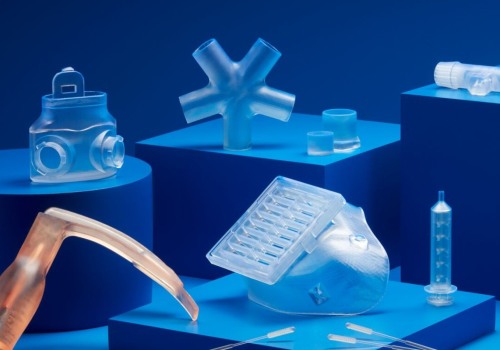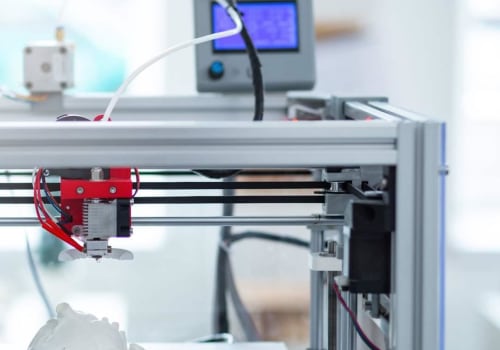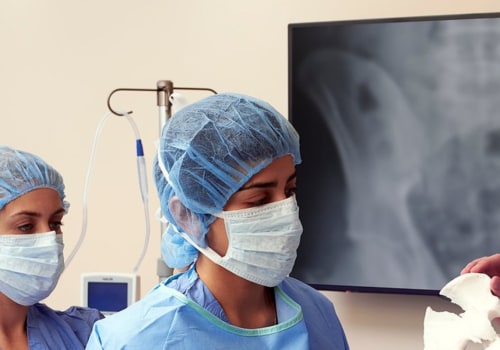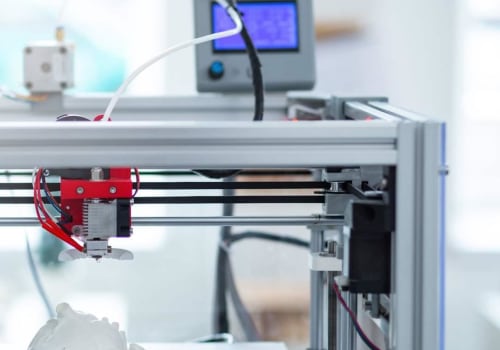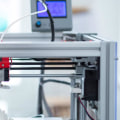Top Of The Week
What are the benefits of 3d printing surgical instruments?
Developed by medical device specialists with a 3D printer, the models and prototypes are used to help doctors plan...
What are the benefits of 3d printing for medical purposes?
It is possible to 3D print plastic parts of the equipment. This dramatically reduces costs and the waiting time to...
How is 3d printing used to create custom implants and prosthetics?
3D prosthesis printing is the use of 3D printers to design and create artificial and portable body parts, such as legs,...
What types of drugs can be produced using a 3d printer and what are their advantages over traditional methods of drug production?
The quality of the printed product, as well as the curing method, depend on the properties of the spray material. The...
What types of drugs can be produced using a 3d printer, what advantages do they have over traditional methods, and how could this improve patient outcomes?
The biggest advantage that 3D printers offer in medical applications is the freedom to produce tailor-made medical...
How is 3d printing used to create custom surgical tools and instruments that are tailored to a specific patient's needs or anatomy, and how could this improve accuracy or reduce errors during surgery?
Instruments printed in 3D and matched with patients provide medical device representatives with the opportunity to...
Recent Posts
What is the role of 3d printing in healthcare?
They could also be useful for patient education and preoperative planning for surgeons. Recently, scientists are using a...
Editors Picks
How does 3d printing help improve accuracy in medical procedures?
Future doctors can practice with 3D printed organs. This is much more accurate than, for example, training with animal...
What types of drugs can be produced using a 3d printer and what advantages do they have over traditional methods of drug production or delivery systems such as pills or injections?
Medicines that are made in the traditional way are often mass-produced. They weren't created for a specific person.
What are the potential risks associated with using 3d printing for medical purposes?
The following are the steps you can take to protect your facilities and your workers from potential health hazards from...
How does 3d printing promote the development of drugs?
The manufacture of biorobots using 3D bioprinting paves the way for the development of robust medical devices with...
How does 3d printing reduce cost?
A final major benefit of 3D printing in manufacturing is its low cost of customization. Just as a 3D printer can be used...
How does 3d printing affect the medical industry?
Advanced Technology The doctors of the future can practice with 3D printed organs. This is much more accurate than, for...



